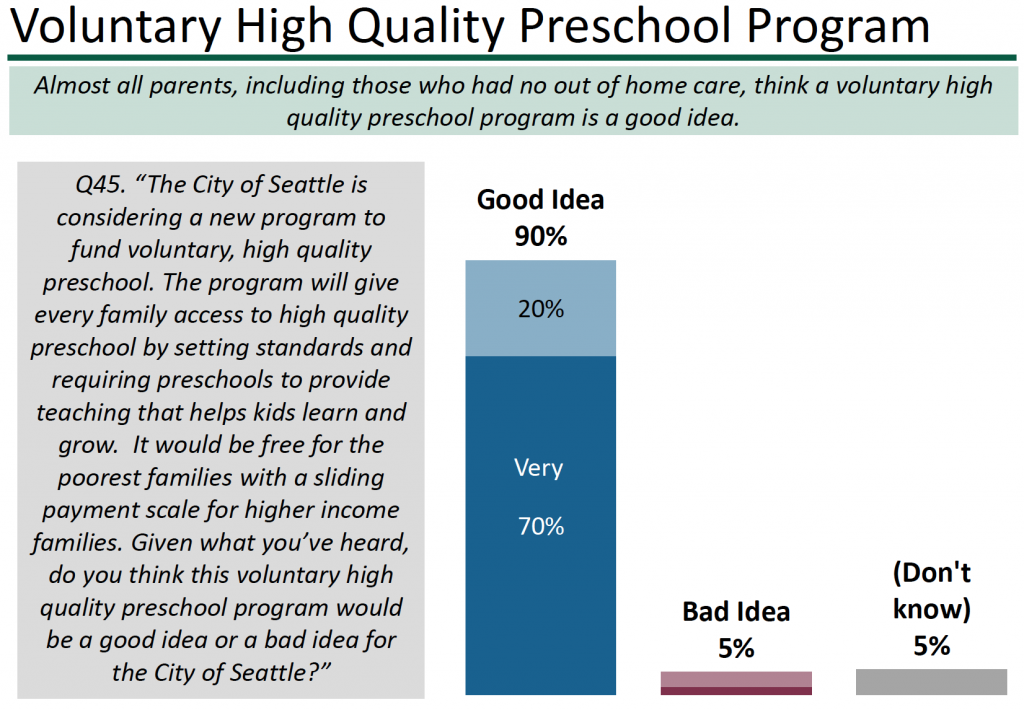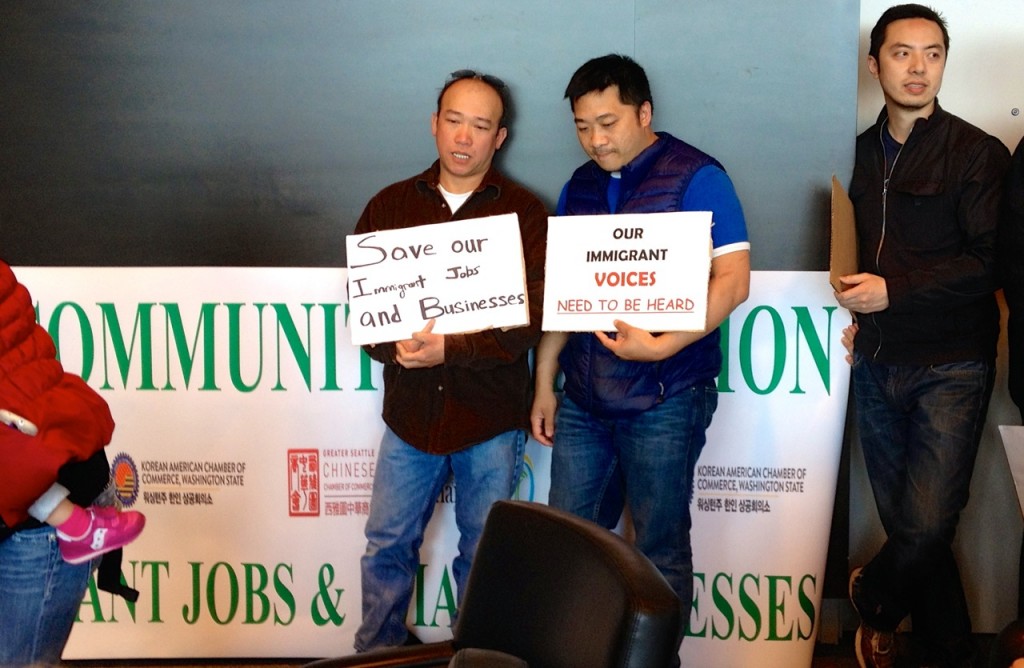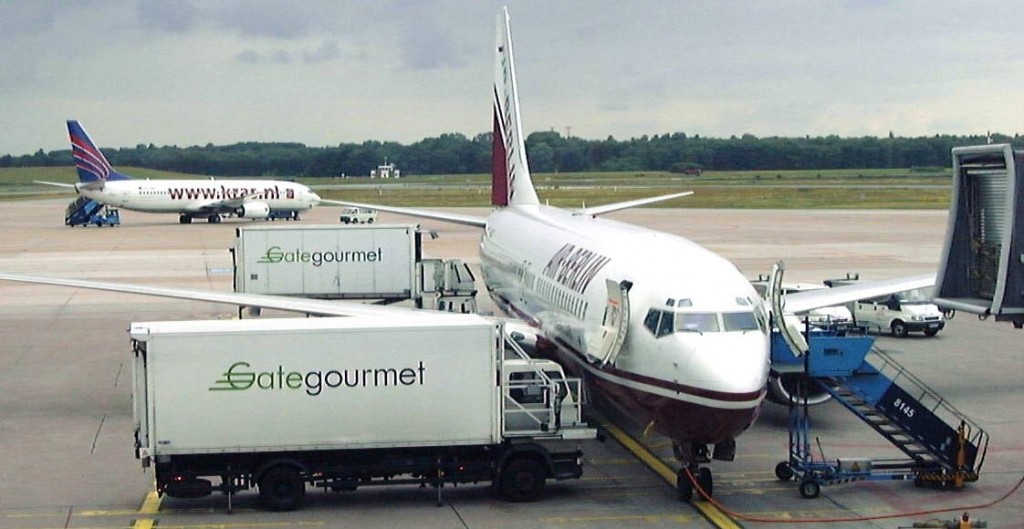The cheap labor capitalists on the Seattle Times editorial board are at it again:
THE comedian Louis C.K. has a brilliant rant about an airline passenger who bemoans problems with in-flight Internet. As Louis C.K. said, grumping about the airline Wi-Fi ignores the miracle of flight itself. “Everyone on every plane should just constantly be going, ‘Oh my God! Wow!’ You’re flying! You’re sitting in a chair, in the sky!”
We should all be impressed that the new generation of editors at this genteel family newspaper are young and hip enough to enjoy foul-mouthed Louis C.K.. Good for them. Though to be fair, from a consumer perspective, the airlines do suck way more than they have to, and as a technology, flying is no more magical than, say, electricity. So this is far from one of the comedian’s more brilliant rants.
Advocates pushing for a $15 minimum-wage are at a similar moment. The Seattle City Council, with backing from Mayor Ed Murray, is racing toward a radical economic policy that would have been unthinkable even a year ago.
Um, it was very thinkable even a year ago. In fact, a year ago, Kshama Sawant was running on a $15 minimum wage as the centerpiece of her insurgent Seattle City Council race at the same time organized labor was running a $15 minimum wage initiative in nearby SeaTac. And both of them won! That’s the very definition of “thinkable.” So I’m not sure why we should use the editors’ year-old paucity of imagination as an argument for watering down the measure now.
Yet Councilmember Kshama Sawant, and some of her allies in labor, are grumping about proposals to make this radical policy slightly more palatable for the business community.
“Grumping?” Really? Are they really equating defending the interests of working people with being grumpy? Maybe if Sawant just took a nap or something she’d stop sulking over efforts to pay teens and immigrants a sub-minimum wage… is that what the editors are implying? Remember: pro-worker = grumpy, pro-business = well rested! Way to infantilize the colored woman on the council, Seattle Times!
At the City Council’s first hearing on Murray’s $15 proposal last week, other council members pondered allowing a sub-minimum wage for 16- and 17-year-olds, as well as allowing a lower wage for a month or two of training.
Huh. How curiously nonspecific. A few paragraphs later the editors claim the sub-minimum wage is “usually defined as 85 percent of the standard wage,” but that’s not what state senate Republicans proposed last session. Their business-backed bill would have paid a training wage of 75 percent of the standard wage for the first 680 hours of work. That’s about four months of full time work. But as I explained at the time, it would pretty much mean that a college student working a part-time job would never earn the standard minimum wage.
Also screwed by a training wage would be every worker in high turnover industries like fast food and chain retail where annual turnover rates range up to 200 percent. With the typical worker getting no more than 30-hours a week, these jobs might never pay the full minimum wage. Which of course, is exactly the point.
The training wage idea is strongly backed by micro-businesses in Seattle’s ethnic minority community to facilitating training of new immigrants with limited English.
Except, the fact is, these ethnic minority owned “micro-businesses” (again, intentionally vague and nonspecific) are almost exclusively hiring immigrants from the same ethnic minority community. They speak the same language. So how exactly does paying them less money “facilitate” anything but poverty?
The teen wage idea acknowledges that employment rates for workers aged 16 to 19 in the Puget Sound have fallen by half since 2000, according to the Brookings Institution.
First, there is no correlation between teen employment and the minimum wage. None. Second, teen employment has fallen dramatically everywhere in the US since 2000, as our ever crappier economy has forced more and more adults into minimum wage jobs. What would the editors prefer—that a 26-year-old single mother lose her job so that her employer can pay a 16-year-old 25 percent less?
In response, Sawant said a lower minimum wage for teens means “condemning those low-wage workers to not having the best start in life.”
Sawant said, “The whole idea of $15 is to go forward. A training wage takes it backward.”
What’s missing from that analysis is this fact: Those earning a training wage would make slightly less than what would be the highest minimum wage of any city in the country.
And what’s missing from the Seattle Times analysis is the fact that the precedent of a training wage in Seattle would be seized upon by Republicans in Olympia (and some cheap-labor Democratic collaborators) as an opportunity to create a training wage statewide, cutting the already stagnant wages of tens of thousands of Washingtonians.
It may be an unwelcome burden to some, but Seattle’s $15 minimum wage ordinance is setting an example for the state and the nation. What we do here will surely influence what lawmakers do elsewhere. And that is what Sawant is talking about when she astutely warns that “a training wage takes it backward.”
Under Murray’s proposal, Seattle’s minimum wage would be more than $18 an hour by 2025 — $6 more than what the state minimum wage, which automatically rises with inflation, would be. Even with a subminimum wage — usually defined as 85 percent of the standard wage — teens and trainees would be making more than $15 an hour.
Okay, now the editors are just pulling numbers out of their collective ass, guessing at the training wage discount, mixing 2025 dollars with 2014 dollars in the same paragraph, and willfully inflating the inflation rate for maximum effect. By the same logic, we could just argue for leaving Seattle’s minimum wage law unchanged, because the status quo would have all workers making at least $15 an hour by 2034! Hooray!
The Seattle City Council should allow both. That would not make the council sellouts to business. It would acknowledge that Seattle is about to take off on a flight unfathomable just a year ago.
Again, it’s only “unfathomable” if you are totally out of touch with the will of Seattle voters.
Furthermore, sub-minimum teen and training wages are unacceptable to Sawant and organized labor not because they are “grumpy,” but because it would create a wage-stealing loophole big enough to drive a Walmart delivery truck through. Study after study finds that low-wage workers are routinely cheated, and these sub-minimum wage loopholes are nothing if not a recipe for cheating workers.
And finally, let’s be clear about what this teen and training wage proposal is really about. It’s not about accommodating immigrant-owned micro-businesses. It’s about destroying the delicate compromise worked out by the mayor’s Income Inequality Advisory Committee—a compromise that already takes 11 years to phase all workers in to what would be the equivalent of only $14.50 an hour in today’s dollars. Tack on a subminimum teen and training wage, and that whole deal falls apart.
Which I’m guessing is what the Seattle Times editorial board wants. Because I suppose it’s unthinkable to them that the far less business friendly $15 Now initiative could possibly pass.







